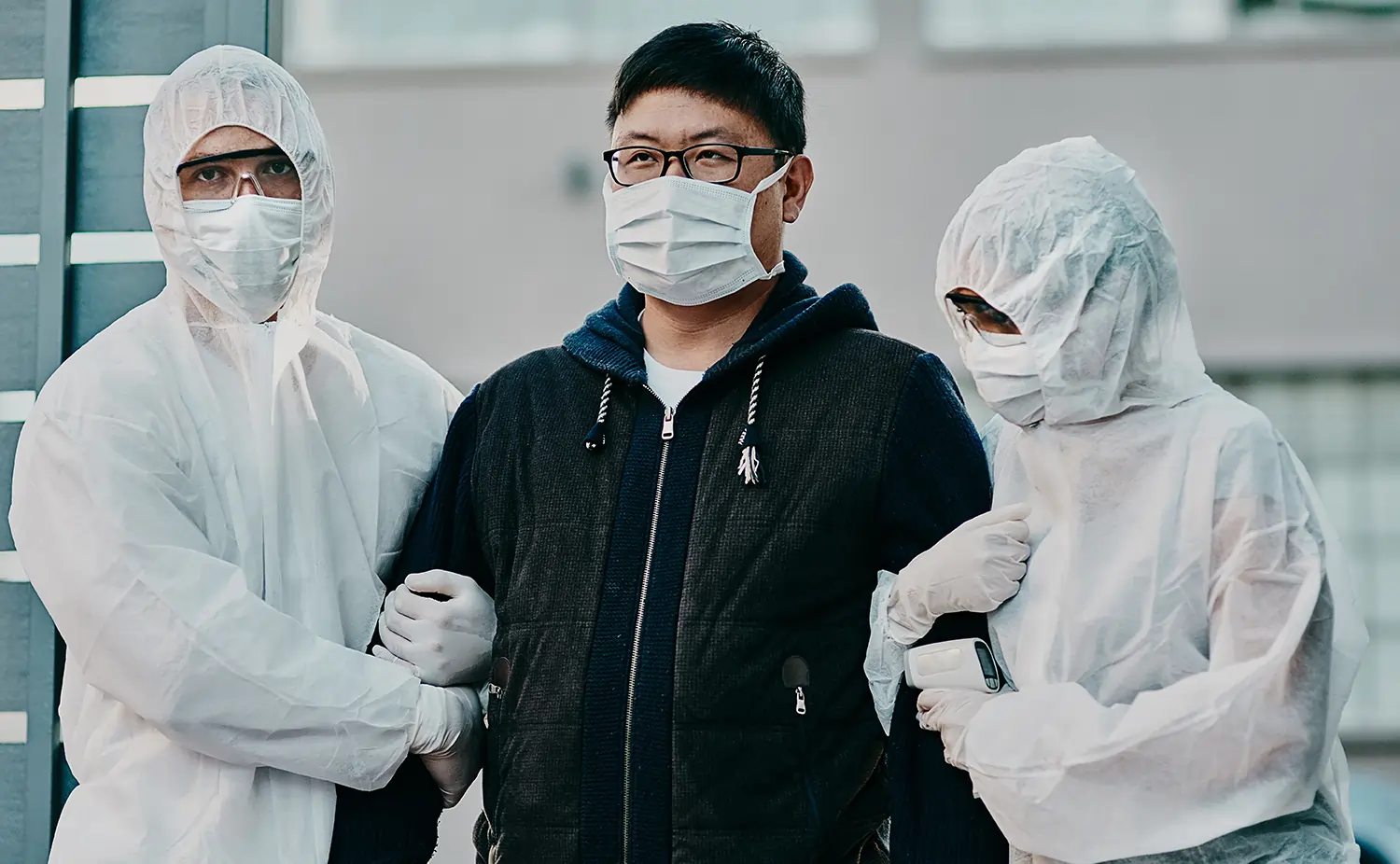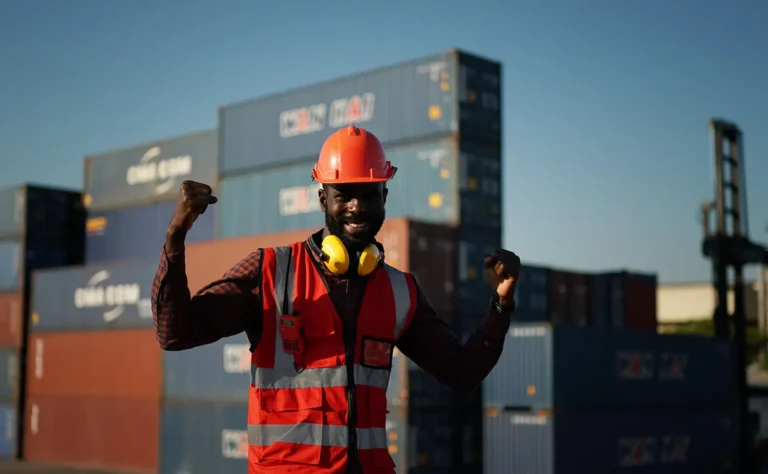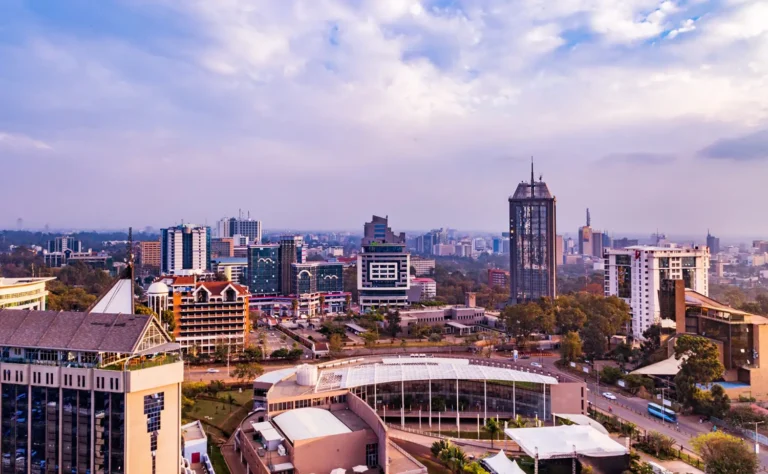The change in Zero-COVID guidelines marks a dramatic departure from China’s tight approach of the previous three years, which included mass testing to contain outbreaks as well as strict lockdowns and border closures. The announcement comes after demonstrations against the stringent lockdowns in several locations. These prompted several regions to relax some testing and mobility limitations, but the current recommendations go even further.
What effects has the Zero-Covid policy had on the economy?
Lockdowns have occurred in various regions in recent months. These include the 26 million-person city of Shanghai, which is a manufacturing, trade, and financial powerhouse, and the 17.5 million-person population of Shenzhen, a technological hub. China had one of the strictest anti-COVID laws in the world before the recent reduction of restrictions, known as its Zero-COVID policy.
The measures consisted of:
- Local authorities implementing strict lockdowns even though only a small number of Covid cases were discovered;
- The quarantinement of the infected persons at government institutions or seclusion at home;
- The closure of businesses and schools In lockdown zones;
- Continued lockdowns despite the detection of no new infections;
- Stores closed, except for those selling food.
Some local authorities even went further by making employees spend the night in factories so they could continue working while confined.
Lockdowns have caused factories and ports to cease operations for extended periods, which has impacted trade with overseas businesses. In contrast to its goal of 5.5% for 2022, China’s gross domestic product (GDP) grew by a meagre 3.9% over the previous year. Young people are increasingly unemployed, and the housing market is deteriorating. The rest of the world, whose businesses and consumers have come to rely on China for supplies of commodities, is also being severely impacted. The manufacture of iPhones was hindered by a lockdown at the Foxconn facility in Zhengzhou, raising concerns about a potential global shortage. Fears of a toy shortage before Christmas have also been stoked by factory closures.
Why the shift in policy and what are the likely results?
Following a devastating apartment fire in Urumqi, Xinjiang, last week that left 10 people dead, China softened its rigid Zero-COVID policy. The government announced a loosening of the restrictions as outlined below:
- Lockdowns are now only applied to certain buildings, apartments, or floors instead of entire neighbourhoods or towns;
- If no new cases are discovered, “high-risk” neighbourhoods will be let out of lockdown within five days;
- If there isn’t a larger campus outbreak, schools will remain open;
- It is no longer a requirement that Covid patients visit a central quarantine facility;
- Except for schools, hospitals, and nursing homes, PCR tests are no longer required to enter public transportation, restaurants, gyms, or other public buildings;
- In most cases, lateral flow tests will take the role of PCR tests;
- Lifting of inter-province travel restrictions;
- Permission of foreign arrivals;
- Discontinued national tracking application.
Researchers from Indiana University, the U.S. National Institutes of Health and Shanghai’s Fudan University found in a study released on May 10 that loosening COVID-19 regulations in China may result in 112 million instances and 1.5 million casualties in just three months. This is primarily due to China’s failure to adequately innoculate 100 million of its 264 million inhabitants over the age of 60, 38% of the population. A wave of the extremely contagious Omicron strain in semi-autonomous Hong Kong recently caused some of the worst daily mortality rates in the world, with 95% of the deaths occurring in people over 60 who hadn’t had all of the recommended vaccinations.
China is yet to sanction any foreign vaccinations, which means it lacks access to the most effective vaccines—those based on mRNA technology. The efficacy of domestically produced vaccines in China varies, which could lead to a large increase in COVID-19 cases and fatalities.
Factories across China are set to reopen towards the end of December, 2022, and many economists are still waiting to see what effect this will have on the global economy. The Chinese economy will have an earlier and quicker recovery than anticipated, according to Morgan Stanley, which upgraded its 2023 forecast for the country. In a research paper published by the company’s top Asia economist, Chetan Ahya, the firm increased its projections for the nation’s GDP in 2023 from its previous prediction of 5% to 5.4%. The firm reversed a position it had held for nearly two years when it upgraded its recommendation rating for Chinese shares earlier this month from equal-weight to overweight based on renewed optimism.
China’s decision to reopen its economy is welcome news for the rest of the world, as it represents positive news for global commerce and would bring about a snowball effect that would reflect in the improvement of economic indices across the world. Many will be paying keen attention to see how well the Chinese government is able to contain the spread of the COVID-19 virus.
China's recent shift away from its strict Zero-COVID policies signals a major change after three years of mass testing, lockdowns, and border closures. This move could pave the way for a new phase in the country’s pandemic management. #China #COVID19 #PandemicResponse #PolicyShift





